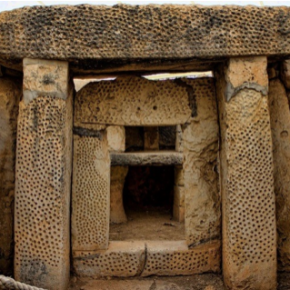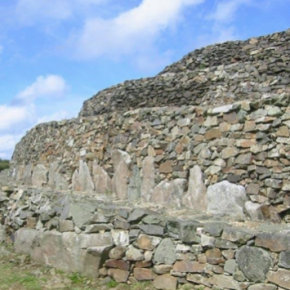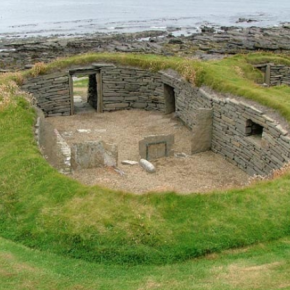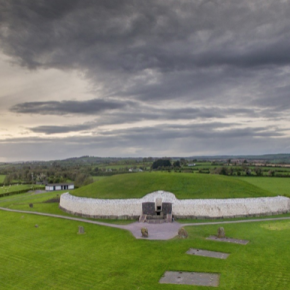The world is full of fascinating buildings, and it seems more and more are being constructed everyday using the latest construction techniques and materials. However, behind the modernisation of today’s buildings, there is an abundance of different points in history that contain rich, cultural backgrounds. From the Stone Age to the Egyptian Kingdom, here are five of the world’s oldest buildings that have stood the test of time.
Megalithic Temples of Malta
The Maltese temples were constructed in several locations across Malta, with each individual site having its own unique features. However, all of the temples share a common architecture, such as the temple’s internal walls being made out of orthostates – a row of large stone slabs. The main variations in the temple’s construction lies in the number of chambers, which are referred to as ‘apses’, with some having three, four, five or even six.
The Cairn of Barnenez
Located in Brittany, France, the Cairn of Barnenez is a Neolithic (the last part of the stone age) monument and is considered to be one of the earliest megalithic (stone) monuments in Europe. Today, the Barnenez is 72m long, 25m wide and over 8m high.
The Carin of Barnenez was constructed in two phases, with the first between 4850-4250BC and the second between 4450-4000BC. It was built using 13,000-14,000 tons of stone and contains 11 chambers made of granite and slate that can be accessed through separate passages. Originally, all the chambers were enclosed by the mound, however, modern quarrying has causing several of them to become partially exposed. There are also nine narrow dry-stone walls which are covered with slabs and lead to corbelled chambers.
Situated in Scotland, the Knap of Howar is a Neolithic farmstead and is considered to be the oldest preserved stone house in Europe. It was occupied between 3700-2800 BC and consists of two adjacent, rectangular buildings facing the sea. One of the buildings served as the living quarters for the family and the second was utilised as a workshop and for storage space.The stone walls of the farmstead stand to 1.6m would have been freestanding.
Situated in County Meath, Ireland, Newgrange is a prehistoric monument and was built around 3200BC, making it older than Stonehenge and the Egyptian pyramids. Several amounts of human bones and possible grave offerings have been found inside the tombs.
There are 547 greywake (an earthy rock) slabs that make up the inner passage, chambers and the outer kerbstones – some of these came from approximately 5km away at the rocky beach in County Louth. The façade and entrance were constructed using white quartz cobblestones from the Wicklow Mountains, gabbro cobbles from the Cooley Mountains, granodiorite cobbles from the Mourne Mountains and banded siltstone from the shores of Carlingford Lough. The granite inside also came from the Mourne Mountains.
This innovative tomb, which dominates the Saqqara landscape in Egypt, is surrounded by a light Tura limestone wall that’s 10.5m high, with the overall structure imitating mudbrick. The outside wall is completely surrounded by a trench dug in the underlying rock, measuring 750m long and 40m wide.









No comments:
Post a Comment